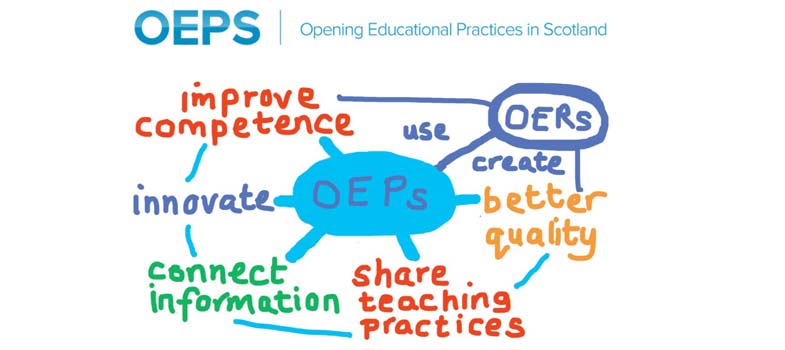3.1 Red algae: Diseases in Pyropia Farms
The marine red alga Pyropia spp. (formerly named Porphyra), known as nori in Japanese and laver in English, is an important marine crop in Asia. It is used in many ways in the Asiatic cuisine, perhaps most famously as sushi wrap. It is the most valuable, and arguably one of the most advanced, of all algal industries, with a market value over $2 billion per year (see Figure 8).

Like any agricultural system, Pyropia (commonly called Nori) farms are plagued by many diseases. About 10 different diseases attack the nori plants including bacteria, viruses and fungal-like organisms. The two major diseases are caused by Oomycetes of the genera Pythium and Olpidiopsis. In Korea, where Pyropia cultivation has recently rapidly expanded new disease outbreaks are reported every year and can reduce the crop output by 20 per cent in certain areas, causing a general decrease of product quality and considerably lowering the market value of harvested Pyropia blades. It is also worth stating that global environmental shifts can stress and weaken algal crops, thus making them more prone to disease. The impact of those diseases is expected to increase with aquaculture expansion and global warming, and therefore have the potential to cause serious economic damages to sea farmers and related industries. The following examples are adapted from Kim et.al (2014). This paper provides useful and easy to follow insights for those wishing to extend their knowledge in this area.
3 Weird seaweeds in aquaculture facilities
